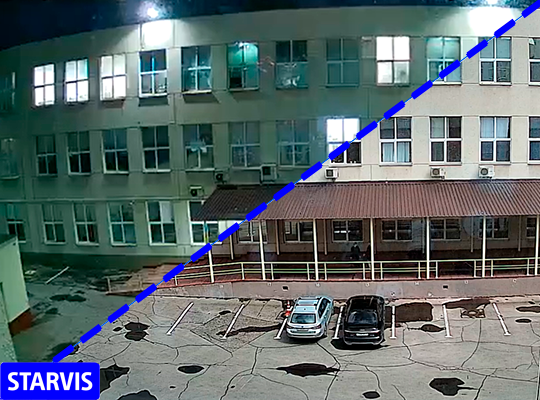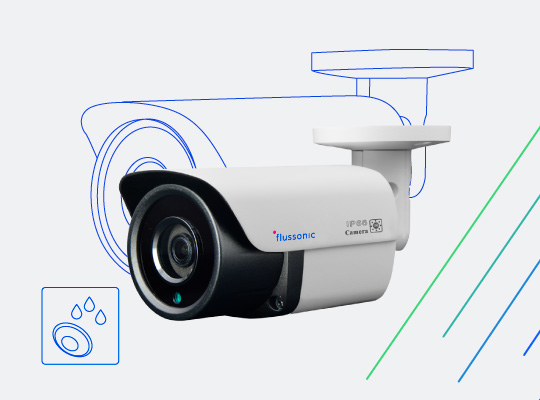Camera housing is not only for appearance. Choose wisely depending on where you plan to use it.
Which steps do you have to take for installing video surveillance in your house or on your land? First of all, you choose cameras that you are planning to buy and install. There are many comparison charts that clearly show quantitative values or supported functions. As you heroically make your way through the terminology, you finally understand what you need. Let’s say, you’ve decided on 4 x 2 MP (Full HD) cameras with 95° field of view and IP65 ingress protection class. But here comes the tricky part: cameras with the same characteristics may come in different housings, usually Dome or Bullet. Why is that? In this article, we will try to explain when you should choose Dome or Bullet.
Dome
The Dome housing makes your camera vandal-proof. The vandal-proof camera is not bullet-proof or super-durable. This feature only means that an intruding vandal will face some difficulties trying to disrupt the vandal-proof camera.
Unlike the Dome, the Bullet cameras are usually mounted on a bracket with one or two points of fracture. That makes it enough for the intruder just to strike the camera hard enough or hang on it to change the viewing angle and hide the surveilled area. The intruder themself may not even be captured on the video if they choose the right angle for the attack.
The Dome cameras provide extra protection from this sort of intervention. The camera itself may (depending on the model) be enclosed into a fixed dome or be secured with a threaded sleeve additionally fixed with a screw. In other words, the attacker will have to literally disassemble the camera piece by piece in order to change the viewing angle. The Dome housing is preferred when you mount the camera on a ceiling or not very high on a wall. Dome is usually used indoors, because the absence of a bracket saves space.
Dome is good for indoor
- ✅Ceiling/low wall mount: vandal-proof
- ✅Takes less space: no bracket
Dome is bad for outdoor
- ❌Sun glare, rain and other weather conditions: no protection cover
Bullet
The Bullet cameras, on the contrary, are usually installed outdoors for perimeter monitoring. The reasons for that include outdoor conditions and mountability. The cameras for surveillance over perimeter are usually mounted at height. This makes the camera inaccessible to intruders from the ground. They cannot jump to the camera or throw anything harmful to it. Therefore, the bracket vulnerability is no longer a threat.
Moreover, the bracket allows the camera positioning at some distance from the wall. When the camera is directed along a wall, this distance between the camera and the wall is of great importance. If it is too small, the wall may occupy a third, or even half, of the frame.
The Bullet housing is better for outdoor spaces.
It is important to note that the Bullet camera’s sun protection cover protects the lens from sun glare, while the extended shape of the housing contributes to better cooling of the camera.
Also, the Bullet housing allows you to install additional modules inside the camera, for example, a heating module.
Bullet is good for outdoor
- ✅High mount: not reachable for the intruder
- ✅Sun glare, rain and other conditions: protection cover and custom modules for heating, cooling, etc.
Bullet is bad for indoor
- ❌Ceiling/low wall mount: bracket is NOT vandal-proof
- ❌Bracket takes extra space




